In the world of picture book writing, much attention is given to idea generation. But so little is said about the actual process of writing the book. Today, friend and fellow author, Anna Staniszewski, shares her journey from a nugget of an idea – a brilliant one at that – and the dreaming, building and layering that became her latest adorable picture book, POWER DOWN LITTLE ROBOT. Thanks for stopping by, Anna!
Developing an Idea into a Story
I admit it. I have no problem coming up with ideas. Granted, most of them are the “wouldn’t it be funny if…?” type of ideas that aren’t actually stories. Yes, it would be funny (at least to me), but why should anyone pay the money to have my idea illustrated and put into a book? The idea must have some meat to it, and it needs an emotional component as well. Otherwise, it’s still only an idea.
When I first came up with the concept for Power Down, Little Robot, (while I was going to sleep one night and announced to my husband, in a robot voice, that I was “initiating sleep mode”) I immediately thought of several possibilities for where the story could go. That meant I was on the right track. Not only was this a fun idea, but it was one that might actually go somewhere.
I still needed a plot, though. Unlike the other picture books I had worked on until that point (one of which had sold to a publisher several months earlier) this one seemed like it wasn’t going to have a traditional story arc. Instead, it was going to be more of a concept book about avoiding bedtime. I also vaguely knew that I wanted it to be about the relationship between a mother and son.
Okay, I had the concept and the format, but I still needed to flesh out my idea. It was time to do some research. I called on my trusty parent friends to help me come up with a list of ways that kids try to get out of going to bed. Then I spent hours figuring out how to translate those child behaviors into robot ones. (What would a robot have nightmares about? Rust monsters, of course!) I also had to figure out other robot details, like where a robot sleeps. A closet? A garage? I finally settled on a sleep module.
Once I had the robot elements worked out, there was still the matter of the emotional heart of the story. This emotional component is what gives your fun idea depth and makes it resonate with readers. If your idea doesn’t imply an emotional experience then it will be difficult to turn it into a satisfying story.
As I mentioned above, I wanted the relationship between robo-mom and robo-son to be an important part of the story. With that in mind, I went through each spread and strengthened their relationship so that it helped to move the story forward. Of course Mom Unit is frustrated with Little Robot for not wanting to go to sleep, but she also cares about him. Of course Little Robot wants to stay up late, but he also feels safe and cozy with his mother.
Finally, after several revisions with critique partners and then with my agent, it felt like the story had rising action, humor, and, most importantly, heart. Only then did I feel like my idea had become more than simply an idea. It had turned into a story.

Born in Poland and raised in the United States, Anna Staniszewski grew up loving stories in both Polish and English. When she’s not writing, Anna spends her time teaching, reading, and eating far too much chocolate. She is the author of the My Very UnFairy Tale Life series, the Dirt Diary series, and the forthcoming Switched at First Kiss series, all published by Sourcebooks, as well as the picture book Power Down, Little Robot, coming from Henry Holt in March. Visit her at www.annastan.com.


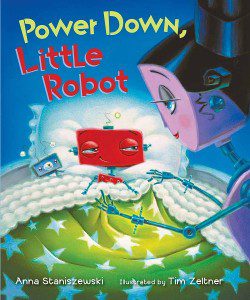
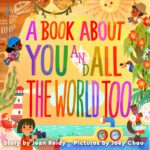
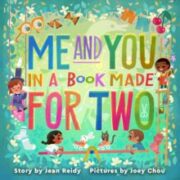
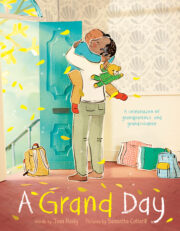
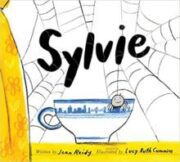
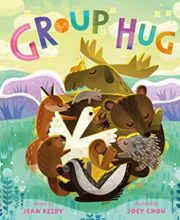
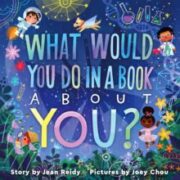

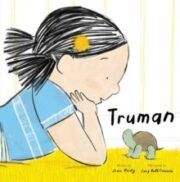
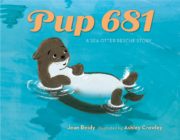

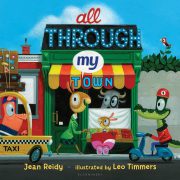
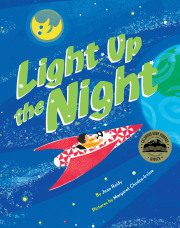
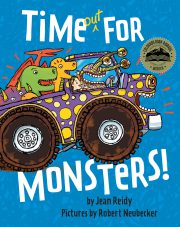
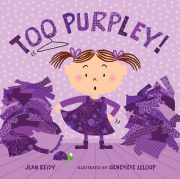
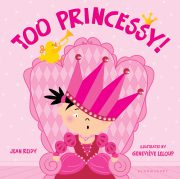

Anna and Jean – Not surprisingly, you guys make a great team. Loved the blog. Anna your travels from idea to story is a journey all writers can relate to! And, you are so right, every story needs heart! Great job.
Elly, you’re absolutely right. I follow a similar process with novels, as well.
Thanks so much for letting me stop by, Jean!
Anna, I enjoyed reading about how you developed Power Down, Little Robot. This sounds like so much fun, and I can’t wait to read it.
Thanks so much, Kathy. I can’t believe my little robot is finally going out into the world!
Since I’ve been lucky enough to read POWER DOWN, LITTLE ROBOT, I can say for sure your book has heart. It was great to hear more about how it came to be. Thanks, Anna and Jean.
Thanks, Anna and Jean, for sharing this post about finding the heart of a story. Just what I needed — like so many of us, I have tons of ideas, but getting them to be a satisfying story is always a challenge! This is such a sweet concept for a PB. I can’t wait to read it, and congratulations on what’s certainly another winner!
I loved reading about your process and now I’m even more excited (if that’s possible) to read your book!
It’s good learning about how Anna’s idea sprouted and grew into a book. I’m looking forward to reading Power Down, Little Robot, especially the mother-and-child part.